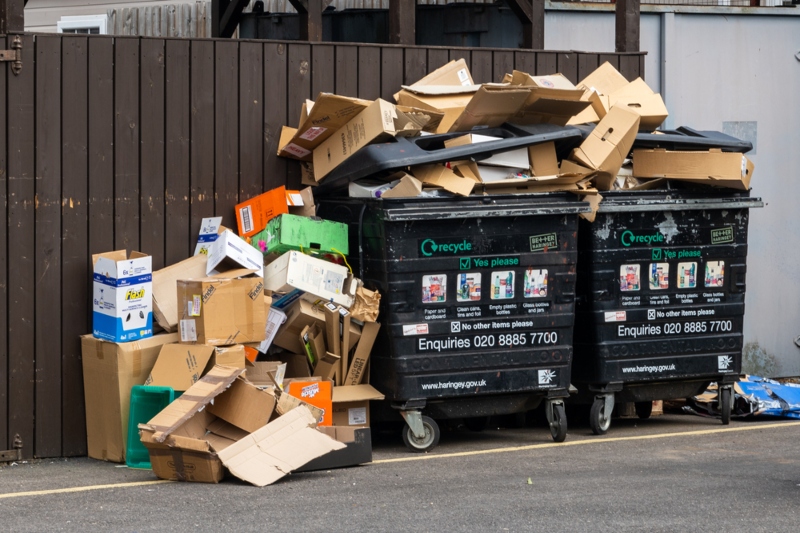Phil Clifford argues that the way we collect waste needs a radical rethink to meet the challenges ahead.


I am reliably informed that the great Henry Ford once said, ‘If you always do what you’ve always done, you’ll always get what you’ve always got.’ A difficult one to argue with, but what does it really mean? Well, to be blunt, it means if you don’t innovate and progress, you won’t improve.
What does this mean to all of us in the public sector? At the risk of sounding like Uncle Albert, ‘during the war’ almost everything that could be recycled was recycled, meaning that only ash went to landfill. Ash carts were, in the main, tipper trucks with lids. Often trailers were pulled behind to enable operatives to pick up ‘salvage’ items that would be sent for recycling or re-use. However, through the fifties and sixties, when I was growing up, the trucks got larger and had compaction mechanisms to maximise loads into the body, but they still pulled salvage trailers and some even had salvage racks on the cab roof for pots and pans and other metals to be segregated.
Jump forward another decade or so and the dreaded plastic revolution had arrived, the population had more money and the ‘disposable’ society had emerged. Trucks got larger again and mechanisms evolved to cope with the card and plastic packaging, the salvage trailers all but disappeared and ‘elf & safety’ outlawed operatives climbing on the roof to store salvage items. Then it got even easier – wheelie bins became the norm and everything went in the one bin and off to landfill.
So, after doing the same thing for about 30 years, finally in the mid-nineties, society started to appreciate that we could not carry-on landfilling everything and multi-bin recycling schemes came to the fore. The magical 50% recycling target was aimed for and in some areas achieved or exceeded, but we still relied on conventional refuse compaction trucks that collected the material and crushed it into the body.
Now my career in fleet spanned the late seventies through to 2018 and, as a responsible fleet engineer, I always looked for efficiency in the type and size of refuse trucks that I provided. But the main problem was that the quality and volume of recyclable material was always affected by such conventional methods of collecting. Multi-compartment bodies have been around for several years but, inevitably, for every additional compartment there is a loss of payload and they were therefore more expensive and less efficient.
Time and time again loads of recyclables were/are rejected at transfer stations due to contamination and equally much recyclable material was, and still is, disposed of through the residual waste streams.
I am therefore now of the mind that innovation in the way we collect waste needs to be reconsidered. Maybe look again at kerbside sorting. While it is costlier than traditional two or three bin collection methods, it may be the only way to increase the throughput and quality of recyclable material. Going back to Henry Ford, I think we need to completely rethink our modus operandi and forget the last three decades.
It is time that we had a true partnership between retailers, local authorities and material reclamation facilities (MRF). If the retailers would reduce plastics and card from their packaging materials (much more so than they do at the moment), and local authorities could find innovative ways of collecting that which is recyclable enabling the MRFs to play their part in ensuring more material is sorted for reuse, then we could have less waste to collect but the remaining reusable material would be of a higher quality.
Of course, there is always a fourth partner in the equation: the general public, who have been allowed to get away for years with throwing away anything they don’t want! All the good works and initiatives carried out by waste authorities have largely allowed the public to carry on as normal. Politicians must find a way of re-asserting the waste hierarchy – Reduce, Reuse, Recycle, Recovery and Landfill – and get the message across to the population at large. Relying on the traditional two or three bin collection system is not solving the issue it is hiding it under the wheelie bin lids.
That’s my rant over for this issue and I apologise that I have not offered anything new in the way of innovation but I am sure that the whole process needs a radical rethink to meet the challenges ahead.
This article first appeared in the winter issue of LAPV. To subscribe for free click here.